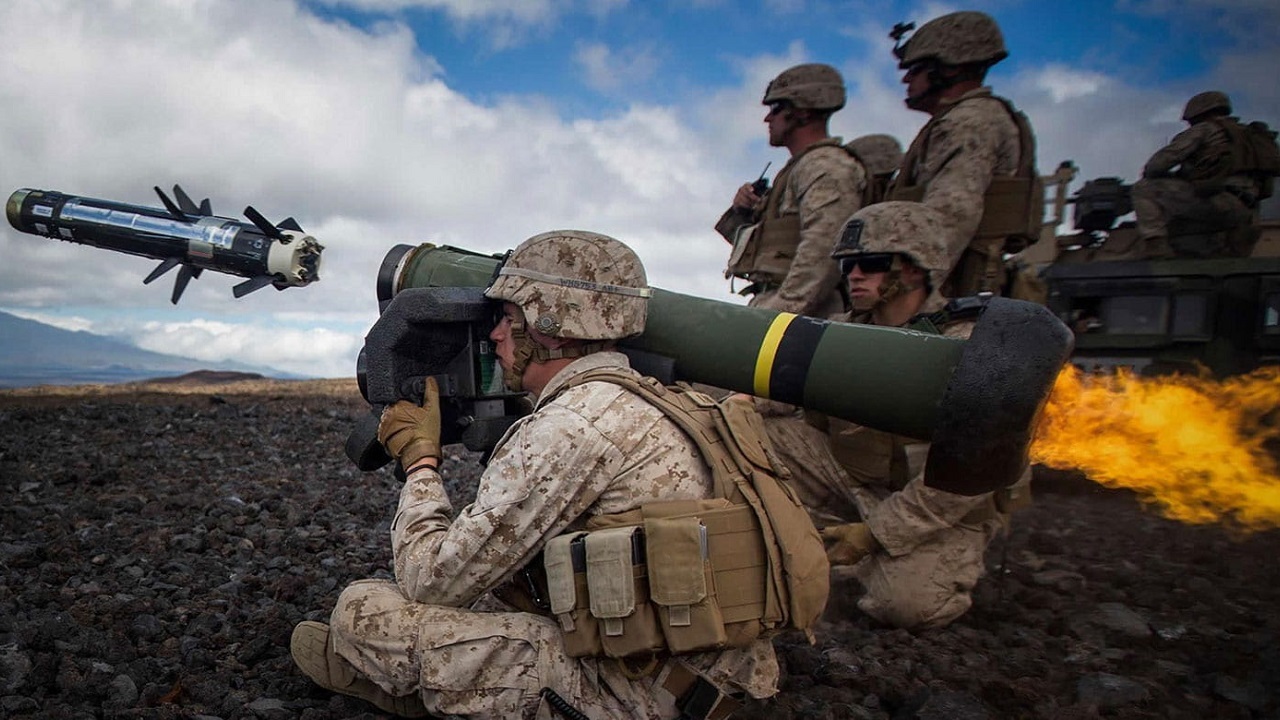On day 149 of the Russian invasion of Ukraine, the Russian military is still looking for a breakthrough in eastern Ukraine. As the days pass without achieving significant advances, the Russian military’s combat capabilities are degrading.
Fighting in the Donbas
In its daily estimate of the war, the British Ministry of Defense touched on the situation in the Donbas and the Russian attempts to capture Ukrainian critical infrastructure.
“In the Donbas, Ukrainian forces continue to repel Russian attempts to assault the Vuhlehirsk power plant. Russian artillery remains focused on areas around the cities of Kramatorsk and Siversk,” the British Military Intelligence assessed.
Despite restarting its offensive in eastern Ukraine, the Russian military has failed to achieve anything significant over the past few days. Indeed, there is a theme here. Since the start of the renewed offensive in the Donbas in May, the Russian forces have advanced only between six and ten miles, according to the Pentagon.
What You’re Not Supposed to do with an S-400 Anti-Aircraft Missile
But lack of advance on the ground isn’t the only problem for the Russian military. In its daily estimate of the conflict, the British Ministry of Defense also focused on the Russian military’s misuse of advanced, strategic anti-aircraft missiles against ground targets.
After nearly five months of conflict, the Russian high-precision arsenal is depleting. The Russian forces have launched more than 2,000 ballistic and cruise missiles against Ukraine, and now they are being forced to use weapons that were made for different purposes.
“On 21 July 2022, Vitaly Kim, governor of Ukraine’s Mykolaiv region, said that Russian forces had used seven air defence missiles to strike infrastructure, energy facilities and storage areas,” the British Ministry of Defense stated.
“Russia has increased its use of air defence missiles in a secondary ground attack mode because of critical shortages of dedicated ground-attack missiles. Russian [sic] has almost certainly deployed S-300 and S-400 strategic air defence systems, designed to shoot down aircraft and missiles at long ranges, near Ukraine from the start of invasion,” the British Ministry of Defense added.
But an S-300 or S-400 weapon systems are designed to take out F-16 Fighting Falcon, F-15 Strike Eagle, and other Western fighter jets and aircraft. They are not designed to strike command and control or ammunition depots with precision. And as a result, Russian strikes with these weapons can be way off—to be sure, Russian strikes with even the appropriate weapon systems have been way off, killing civilians).
“These weapons have relatively small warheads, designed to destroy aircraft. They could pose a significant threat against troops in the open and light buildings but are unlikely to penetrate hardened structures,” the British Ministry of Defense stated.
“There is a high chance of these weapons missing their intended targets and causing civilian casualties because the missiles they are not optimised for this role, and their crews will have little training for such missions,” the British Military Intelligence assessed.
Russian Casualties
The daily rate of Russian casualties remains relatively slow but the overall numbers are dizzying.
The Ukrainian Ministry of Defense claimed that as of Friday, Ukrainian forces have killed approximately 39,000 Russian troops (and wounded approximately thrice that number), destroyed 221 fighter, attack, and transport jets, 188 attack and transport helicopters, 1,704 tanks, 863 artillery pieces, 3,920 armored personnel carriers, 251 Multiple Launch Rocket Systems (MLRS), 15 boats and cutters, 2,803 vehicles and fuel tanks, 113 anti-aircraft batteries, 713 tactical unmanned aerial systems, 72 special equipment platforms, such as bridging vehicles, and four mobile Iskander ballistic missile systems, and 167 cruise missiles shot down by the Ukrainian air defenses.
More Weapons For Ukraine
The U.S. military is expected to announce another package of military aid to Ukraine, with four additional High Mobility Artillery Rocket Systems (HIMARS). This security package will bring the number of Ukrainian HIMARS to 16.
“But Russia is keeping up its relentless shelling and that’s a cruel tactic that harkens back to the horrors of World War I. So Ukraine needs the firepower and the ammunition to withstand its barrage and to strike back at the Russian weapons launching these attacks from inside Ukraine’s own territory,” U.S. Secretary of Defense Lloyd Austin said in a press briefing.
“And so we understand the urgency and we’re pushing hard to maintain and intensify the momentum of donations. That includes many new announcements made this morning. We’re seeing countries from all around the world continue to step up with critically needed systems and ammunition. It has been truly an inspiring effort,” Lloyd added.
1945’s New Defense and National Security Columnist, Stavros Atlamazoglou is a seasoned defense journalist specializing in special operations, a Hellenic Army veteran (national service with the 575th Marine Battalion and Army HQ), and a Johns Hopkins University graduate. His work has been featured in Business Insider, Sandboxx, and SOFREP.

